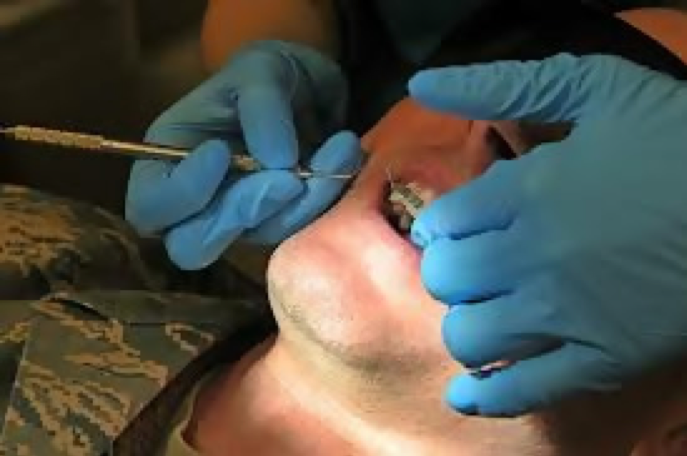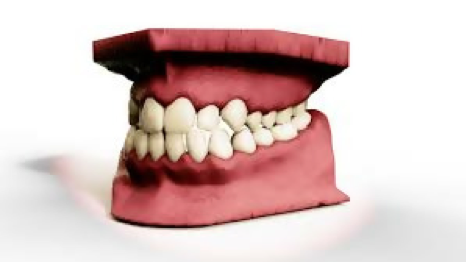Orthodontics Through Time
What is the History of Orthodontics Through Time?
Did you know that orthodontics is one of the oldest branches of dentistry? No matter how much it sounds like a modern sub-domain of dentistry, it has existed for a long time. Even the ancient Egyptians pursued dental techniques to perfect their smiles. By using a variety of techniques and devices, the branch of dentistry developed gradually and has become one of the most sophisticated and widespread practices across the world.

As poorly aligned jaws and teeth have also been a problem for our ability to speak and chew, it is not surprising why ancient Greeks and Egyptians started studying orthodontics thousand years ago.
Ancient Orthodontics
This might sound bizarre that many archaeologists and explorers have found de-shaped and crooked teeth in debris, and humans remained 50,000 years ago. The American Journal of Orthodontics and Dentofacial Orthopedics have also mentioned this fact in numerous studies. Using braces to fix misaligned teeth is one of the common orthodontic treatments nowadays.
Archeologists found something similar in many mummies. The mummies wore crude and solid metal bands around their teeth. Many archeologists believed that Egyptians used catguts to tie these bands to apply pressure to correct the malpositioned teeth.
Egyptians were not the only people who used various orthodontic treatments to enhance their aesthetics. The ancient Romans, Greeks, and Etruscans practiced orthodontia for various purposes. David Evans mentioned a gold band that Etruscans used on women to correct the alignment of their teeth after their death. Ancient Greek physicians used something very similar to this gold band when treating crooked teeth. Hippocrates, one of the most popular Greek physicians, also described several teeth irregularities in his books in 400 B.C.
Celsus, a Roman writer, recommended pushing newly emerging tooth with fingers to bring it to its correct position in 400 B.C. Some other Roman people from medicine industry named Elder and Pliny advised filing teeth to size to correct position.
Orthodontics in the 17th and 18th Centuries
17th century marks the beginning of dental impression. Matthaeus Gottfried became the first person to use waxy material to take a tooth impression. Philip Pfaff, in 1756, took a dental impression using the plaster of Paris. Similar to these, many other doctors and physicians made discoveries and experimented different orthodontic treatments to stall the progress in 17 century.
The 18th century experienced a huge surge of development in orthodontics. Pierre Fauchard is a pioneer of dentistry after he invented the bandeau (a dental appliance). The horse-shaped tool comprised of metal with spaced holes to fit around the tooth. The bandeau proved useful to correct tooth alignment. Fauchard also used some forceps specially designed to operate. He named this step of forceps “Pelican”. It could forcibly realign teeth.
Christophe-Francois later in 18th century used swelling threads and woods wedges to separate overcrowded teeth.
Orthodontics in the 19th Century
Dentists and physicians from the United States made some significant contributions to the field of orthodontics in the 19th century. J.S Gunnella, in 1922, invented a unique occipital anchorage, which is a modernized form of metal headgear. The device proved helpful as it gently exerted pressure on the teeth when fastening to the jaws.
Later, Chapin A Harris published a classic and informative book called “The Dental Art” on orthodontics. The book outlines some of the important practices in dentistry, including dental bites and soldering knobs. Charles Goodyear invented a functional vulcanized rubber that soon became a potential device in orthodontic treatments.
Development in Orthodontics in the 20th Century
The history of orthodontics is not complete without mentioning the contributions of Edward Hartley Angle. He is the pioneer of modern Orthodontics. Many of his achievements are part of the Journal of Advanced Oral Research. Edward identified and highlighted the properties of main orthodontic issues, including teeth misalignment and malocclusion. Apart from just identifying, Edward tried his best to address these dental problems by using some effective orthodontic appliances.
Some More Advances in Orthodontics
Early in the 1970s, orthodontists started anchoring brackets to misaligned teeth. Initially, they started with winding wires around the teeth. Later on, several dental adhesives were invented that could easily stick braces to the teeth.
Meanwhile, orthodontists replaced gold and silver brackets and wires with stainless steel due to its durability and manipulability. Moreover, stainless steel wires reduced the cost of braces significantly. In 1970, lingual braces first hit mainstream popularity, resolving the aesthetic concerns of people.
Orthodontics Today
With all technological advancements, orthodontics has become a separate domain in dentistry, especially in the last two decades. From digital X-rays to 3D dental imaging, the technology has taken orthodontic treatment to the next level. With the help of digital devices, orthodontists now can have more detailed and insightful look at tooth structure.

However, remember that the success of your orthodontic treatment depends on the dental services you choose. NYC Dental Orthodontics, for example, is one of the best dental care services. The competent orthodontists use advanced technologies such as digital imaging, robotic wire, and digital scanners to make orthodontic treatments less painful and comfortable. The dental services offer high-quality metal, ceramic, and lingual braces. If you do not want something less conspicuous, you can opt for Invisalign.
Modern Family Orthodontist
NYC Dental Orthodontics helps you restore your smile and self-confidence by offering modern and advanced dental care.
Call us today to find out more about our state-of-the-art orthodontic treatment options.
NYC Dental Orthodontics
20 E 46th St Rm 1301
New York, NY 10017
(646) 760-8028